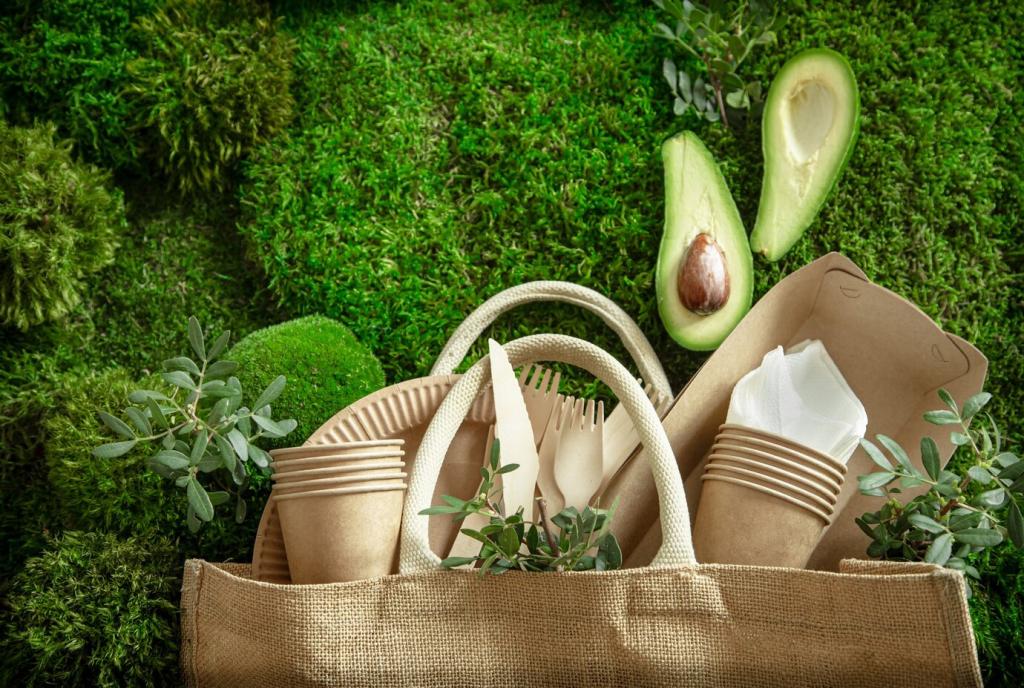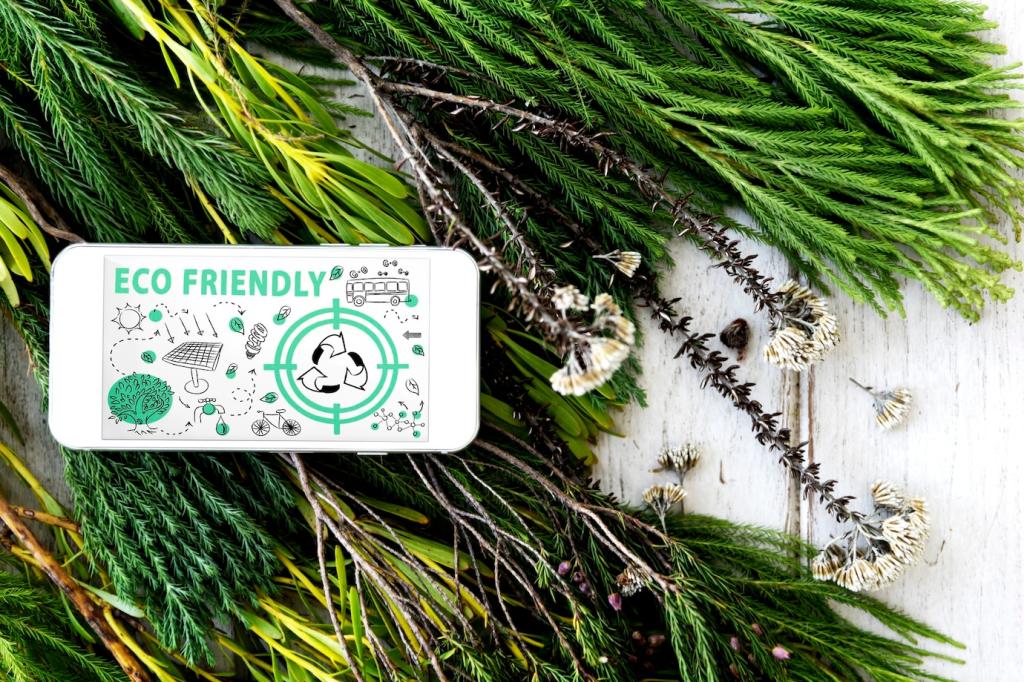Adopting waste reduction strategies in interior design is more critical than ever in the current era of environmental challenges. Integrating sustainable practices not only benefits the environment but also promotes more thoughtful, efficient, and responsible approaches to creating beautiful spaces. Designing with waste minimization in mind results in innovative solutions that support both aesthetics and eco-friendliness. By staying informed and conscious of the impact our choices have, interior designers and clients can collaborate to ensure that spaces are both inspiring and sustainable.
Sustainable Material Selection
Opting for materials with a minimal environmental footprint is essential for reducing waste and conserving resources in interior design projects. Low-impact materials are those that require fewer resources and energy to produce, emit fewer pollutants, and are often biodegradable or recyclable. Using certified woods, bamboo, cork, and other renewable resources contributes to this approach and encourages the selection of finishes and furnishing components that are gentle on the planet. Designers who prioritize these materials support the shift towards a circular economy, creating spaces that are healthier for occupants and the environment.

Efficient Planning and Design Processes

Accurate measurements and calculated ordering are key factors in minimizing surplus materials and preventing costly mistakes. Precision helps designers buy exactly what is needed—no more, no less—lowering the likelihood of disposal due to overruns or miscalculations. Technological advancements like 3D modeling and digital planning tools can assist in this endeavor, ensuring that every element fits perfectly into the intended space. When accuracy becomes a core value, waste is cut drastically, leaving fewer scraps and leftovers that contribute to landfill.

Previous slide
Next slide
